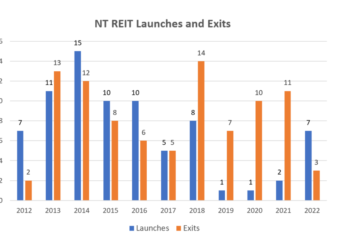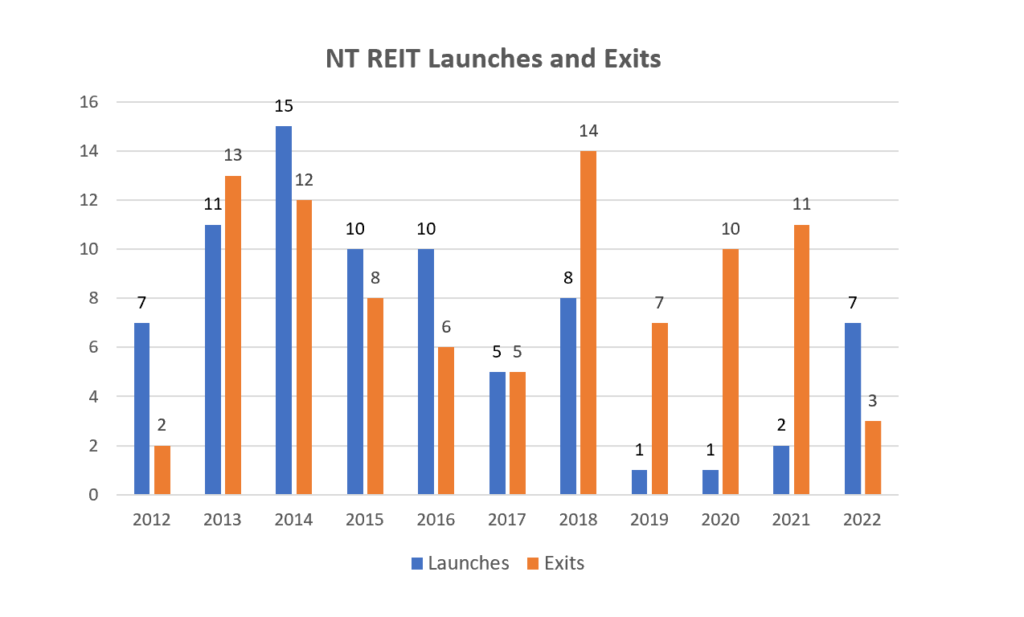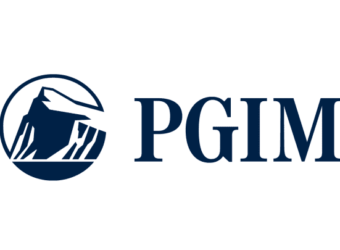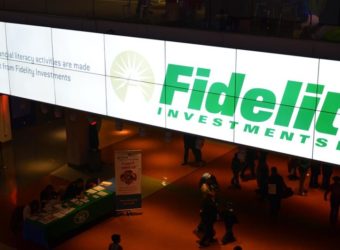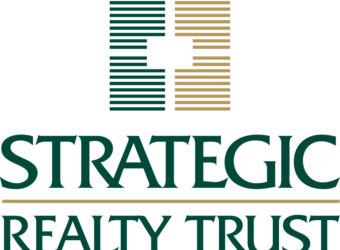Understanding the Franklin Templeton Alternative Investment Strategy
Franklin Templeton has long been a mutual fund powerhouse. However, they have also quietly become one of the biggest players in the alternative investments industry. Strategic M&A and educational initiatives helped Franklin Templeton alternative investment products gain traction in the RIA channel. Franklin Templeton’s strategic focus on alternative investments is just beginning to have an industry impact.
Acquisitions
Franklin Tempelton has a history of maintaining a conservative balance sheet and a large cash reserve. Under the leadership of Jenny Johnson, they have used this cash reserve to make large strategic acquisitions. Franklin Temleton’s AUM has grown from ~$700 billion in 2018 to almost $1.4 trillion by the end of 2022. Several of the largest acquisitions were in the alternative investments sector, especially private credit.
In 2019, Franklin Templton acquired Benefit Street, a private credit manager with expertise in the U.S. middle market. Consequently, Franklin Templeton became manager of one of the longest running public non-traded BDCS: Franklin BSP Lending Corp(f/k/a Business Development Corporation of America). In 2020, they launched a new private BDC: the Franklin BSP Capital Corp. In October 2022, they launched a new interval fund: the Franklin BSP Private Credit Fund.
Franklin Templeton bought Legg Mason for $6.5 billion in 2020, just as Covid was breaking out, wreaking havoc on global supply chains and financial markets. Critics accused them of paying too much. Its too early to determine if this will be a successful acquisition, but it clearly unlocked expanded their alternatives capabilities, and opened a lot of growth opportunities for their firm. The Legg Mason platform includes several different affiliates with different processes areas of expertise. Franklin Tempelton is allowing them to operate autonomously. One of Legg Mason’s subsidiaries is Clarion, which manages the Clarion Partners Real Estate Fund, a tender offer fund.
In November 2021 they acquired Lexington Partners, one of the private equity firms with a focus on secondary PE investments. They currently have a $14 billion flagship global secondary fund, a $2.7 billion middle market secondary fund, ad $3.2 billion co-investment vehicle.
In November 2022, Franklin Templeton completed its acquisition of BNY Alcentra. This acquisition expanded their private credit capabilities. Alcentra has unique expertise in European private credit. This will give Franklin Templeton management of several retail credit vehicles, including BNY Mellon Alcentra Global Credit Fund a tender offer fund.
Franklin Alternative Investments Education
Surveys frequently reveal that a lack of education is a major barrier to advisers that are looking to offer more alternative investment products. Fund managers that fill this educational gap will have a major strategic advantage. For example, Blackstone offers an “Intro To Alternatives” online video series. Several other products sponsors will offer educational products.
Franklin Templeton has recently increased its efforts focused on alternative investments. For example, in November 2022, In November, the Franklin Templeton Academy announced the launch of its alternative education program as part of our ongoing effort to build knowledge and proficiency around the alternative investment landscape.
According to a recent earnings call:
The program offers a comprehensive curriculum on various types of alternatives, including courses on private equity, real estate, private credit, infrastructure and hedge strategies.
Coursework on alternative investments that the FT Academy offers is eligible for credit toward Certified Financial Planner® (CFP®), Chartered Institute of Management Accountants® (CIMA®), Retirement Management Advisor® (RMA®) and Certified Private Wealth Advisor® (CPWA®) certifications and offered at no cost to the learner.
Educational opportunities lay the groundwork for a strong product distribution network. Closely related, Franklin Templeton has recently expanded its partnership drive with CAIS, and announced a new partnership with iCapital.
Distribution
Franklin Templeton has a strong distribution network for traditional mutual funds that it built out over over half a century. However, they only recently started to ramp up their distribution team for alternative investment products. On the 2022Q4 earnings call, Franklin Templeton management mentioned that they created a dedicated distribution team to cover alternative investment products in the wealth management channel.
This table shows some of the most notable retail alternative products that Franklin Templeton is currently offering .
| Fund | Structure | Strategy | AUM(millions) |
| Franklin BSP Capital Corp | Private BDC | First and second lien senior secured loans of private middle market companies | $778 |
| Franklin BSP Lending Corp(f/k/a Business Development Corp of America) | Public NT BDC | Senior secured loans of private middle market US companies. | 2,876 |
| Franklin BSP Private Credit Fund | Interval Fund | Private credit investments in middle market companies | Launched 2022Q4, no assets reported yet |
| Clarion Partners Real Estate Income Fund | Tender Offer Fund | Private commercial real estate and publicly traded real estate securities | $525 |
| BNY Alcentra Global Multi-Strategy Credit Fund, Inc. | Tender Offer Fund | Credit instruments including senior secured loans, CLOs, structured products, etc. | $265 |
Several of these products are starting to gain major traction in the RIA channel.

